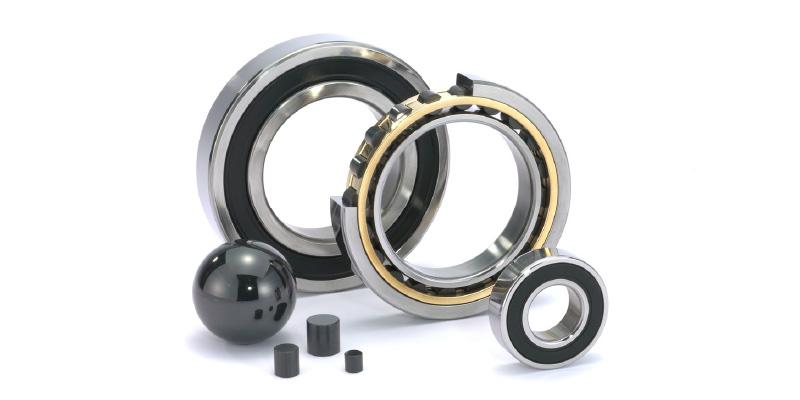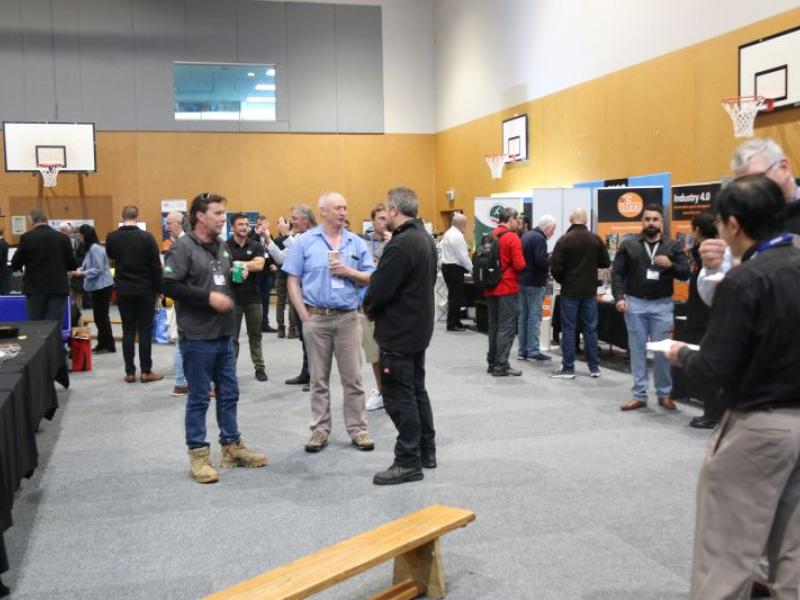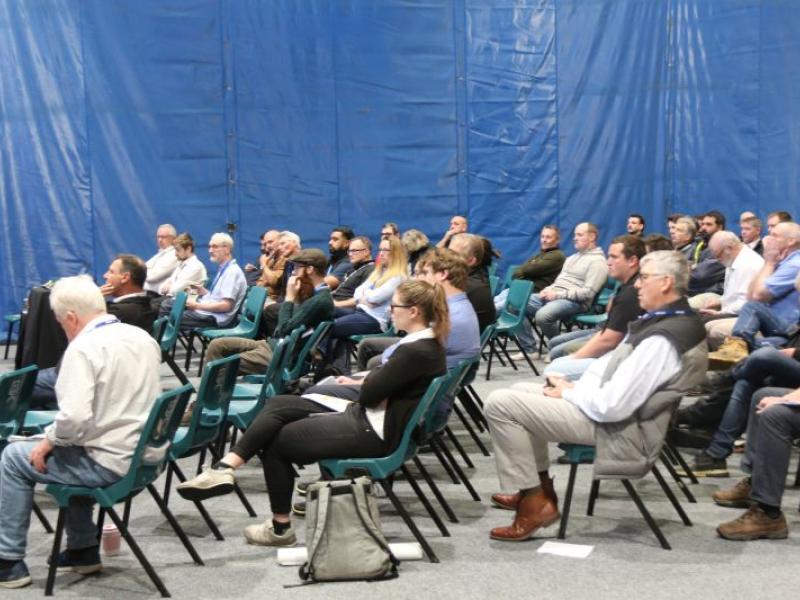Rolling bearings in electric motors have one failure mode which is common to this application: The problem of electric current passing through the bearings causing damage in the contact area between rolling elements and rings.
The lubricant film present in the bearing provides separation between rolling elements and raceways, and the lubrication film also creates a small insulating layer. When an electric current reaches a sufficient level however, it passes between the components making a burn mark both on the rolling elements and in the ring raceways and damages the lubricant.
Each electric discharge causes localised melting and rehardening that embrittles the steel surface which leads to spalling over time. The current leakage can also damage the lubricant, and in the case of grease lubricated bearings significantly reduce the grease life, causing premature bearing failure. The typical appearance of current leakage is a dull raceway and ball surfaces with a fluting pattern on the raceway.
The phenomenon has been observed in AC and DC motors for almost 100 years, and countermeasures have been developed to address the different causes by means of insulation, better design of motors, improved cables etc. The types of current found in induction motors can generally be categorised into three main areas.
Motor asymmetries
Because of limitations and tolerances in manufacturing, it is impossible to obtain perfect electromagnetic symmetry in an electric motor. This asymmetry leads to the generation of a flux of alternating magnitude, inducing shaft voltage. Large motors, especially 2-pole motors, are more likely to suffer from this type of issue and the use of an SKF INSOCOAT bearing to break the current flow has proven to be a reliable solution in most instances.
Motor cabling
Currents induced by unsymmetrical, non-shielded cabling can commonly be resolved by symmetrical shielded cabling and a low impedance grounding of motor frames along with SKF INSOCOAT bearings fitted in both positions.
Frequency inverters
Most modern frequency inverters try to simulate a sine wave supply with a series of square pulses that operate with high switching frequency and very fast voltage switches, however these very steep-edged voltage pulses create high frequency current transients.
The amplitude of these High Frequency currents varies with motor or generator sizes, converter type and cable parameters. Most of this HF current returns to the converter through the cable Power Earth lead and shield, but the remaining current may find a path to earth through the motor bearings.
SKF Solutions
Identifying the source of the current and the applications environmental factors is key to installing the best solution. Environmental factors such as moisture and humidity can affect the electrical resistance of some ceramic insulating layers, and improvements to SKF INSOCOAT bearings have further increased both the breakdown voltage of the layer and resistance to moisture. In most cases SKF INSOCOAT bearings in either one or both bearing locations is a suitable solution.
SKF Hybrid bearings combine steel rings and rolling elements of bearing grade silicon nitride (Si3N4) and can substantially improve reliability and robustness particularly in applications where the bearings are often exposed to potentially damaging abrasive particles, inadequate lubrication, vibration or higher frequency capacitive discharge currents.
Bearing grade silicon nitride, an engineered ceramic material, has a uniform and clean microstructure, which is extremely hard and tough. The material can be used as an insulator and is chemically inert. Due to the hardness and low density, these bearings can run at higher speeds and with lower friction than equivalent steel bearings, also resulting in extended grease life.
For further information, contact your local authorised SKF distributor or email customerservice.nz@skf.com






